This easy colourful science experiment can be done with simple items you have in your kitchen right now!
What you need:
- 2 x paper towels
- 3 x glasses
- blue food colouring
- yellow food colouring
Number of players:
Activity:
- Place glasses side by side. Starting on the left hand side, fill that glass with water. Squirt a generous amount of blue food colouring into the water.
- Leave the next glass empty.
- Now fill the glass on the far right hand side with water and add a generous amount of yellow food colouring.
- Fold a paper towel in half lengthways and again so that it will fit into the neck of your glass easily. Now place one end of the paper towel into the blue water and bend the paper towel over the edge of the glass so that the other end sits in the empty glass in the middle.
- Do the same on the other side: place one end of a paper towel into the yellow water, and bend it over so that the other end rests in the empty glass in the middle.
- Watch and wait.
- In about 30 minutes or so, the water will start ‘walking’ up the paper towels and over into the middle glass.
- After about two hours you will have a mix of the two colours in the centre glass.
Choose two primary colours that will mix to make a secondary colour. E.g. red and yellow to make orange or blue and red to make purple.
Ryan’s World also has a great video tutorial you can check out ⬇️
Why is it so?
The process of water moving along a conduit (the paper towel in this case) is called: capillary action. This is how flowers and plants move water from the ground beneath them, up through their stems and into their petals and leaves.
The paper towel is very ‘absorbent’: which means there are enough gaps in its fibre for the water to move through easily and quickly. The adhesive force between the water and the paper towel is stronger than the cohesive forces inside the water itself.

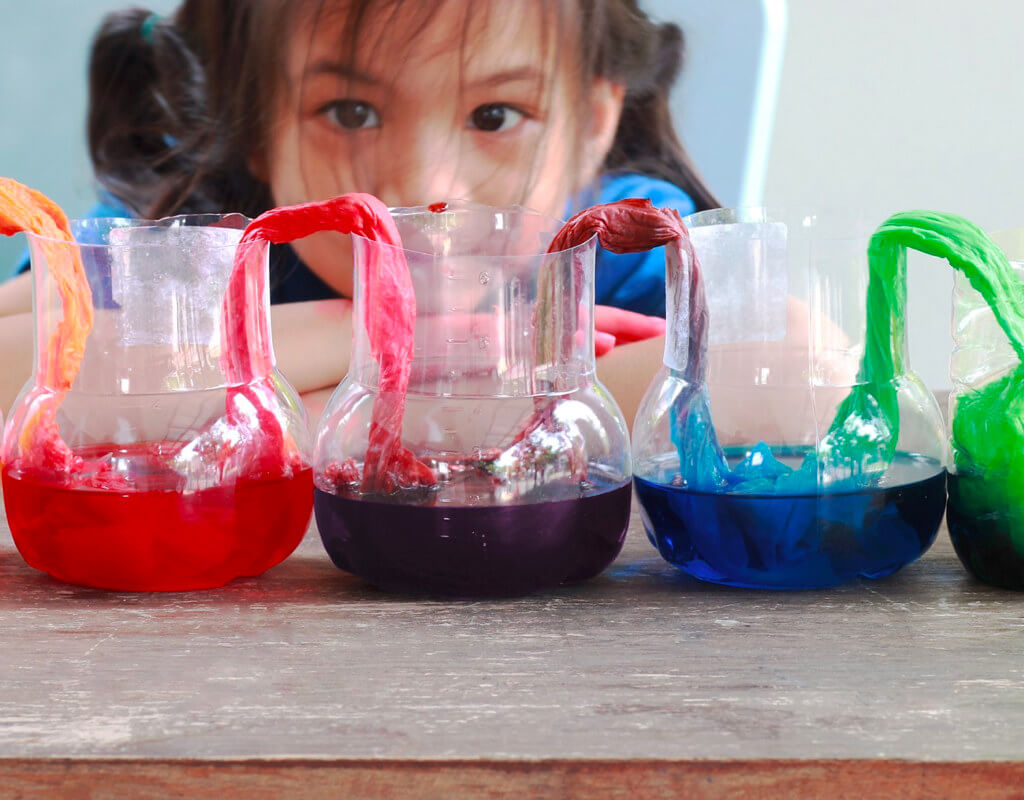

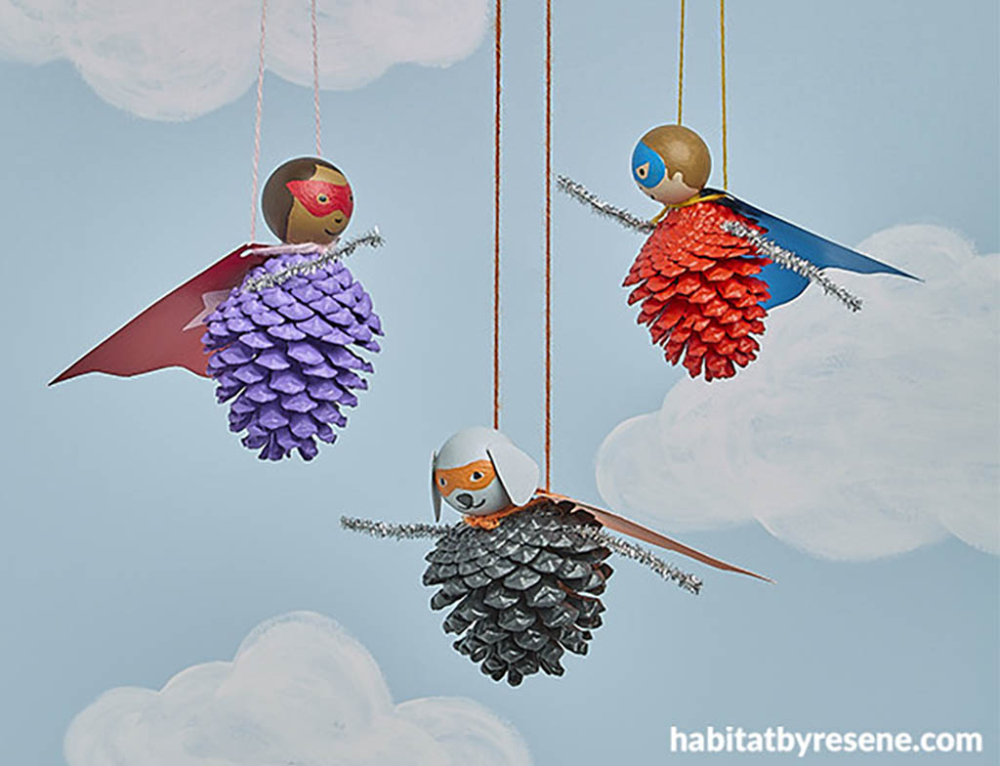
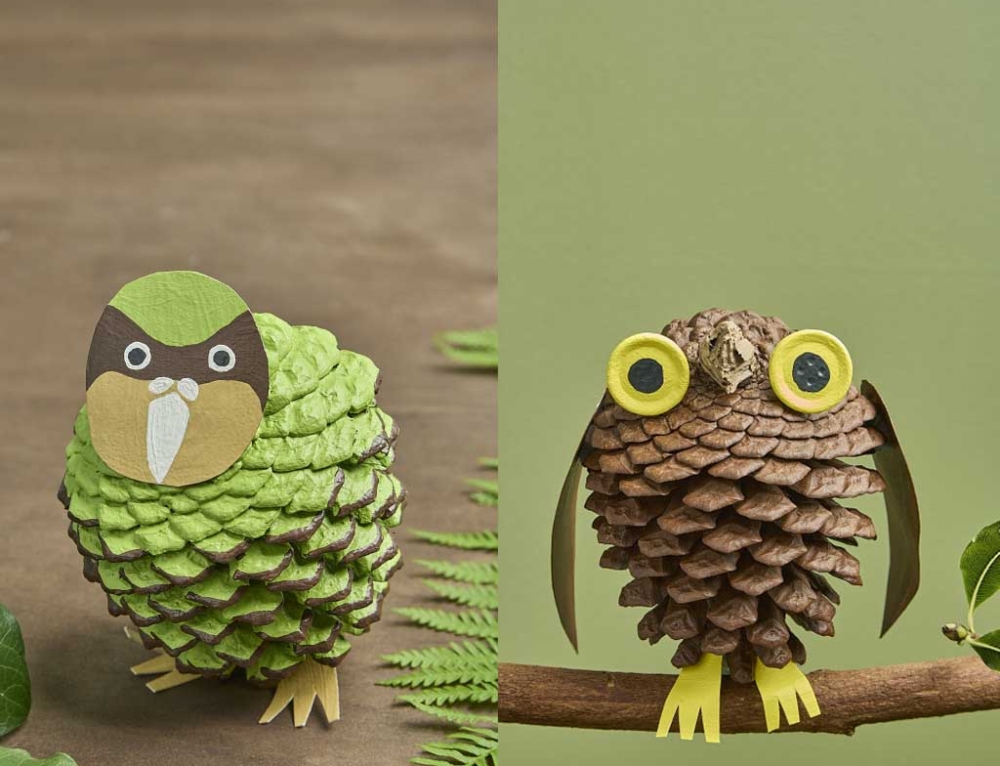
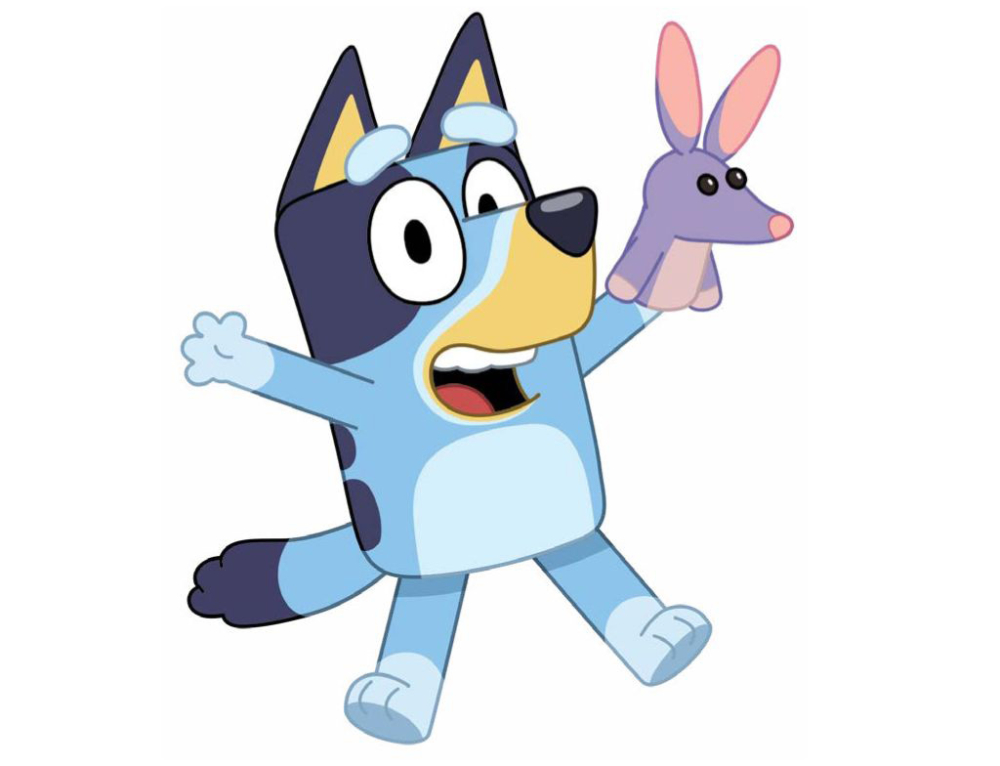
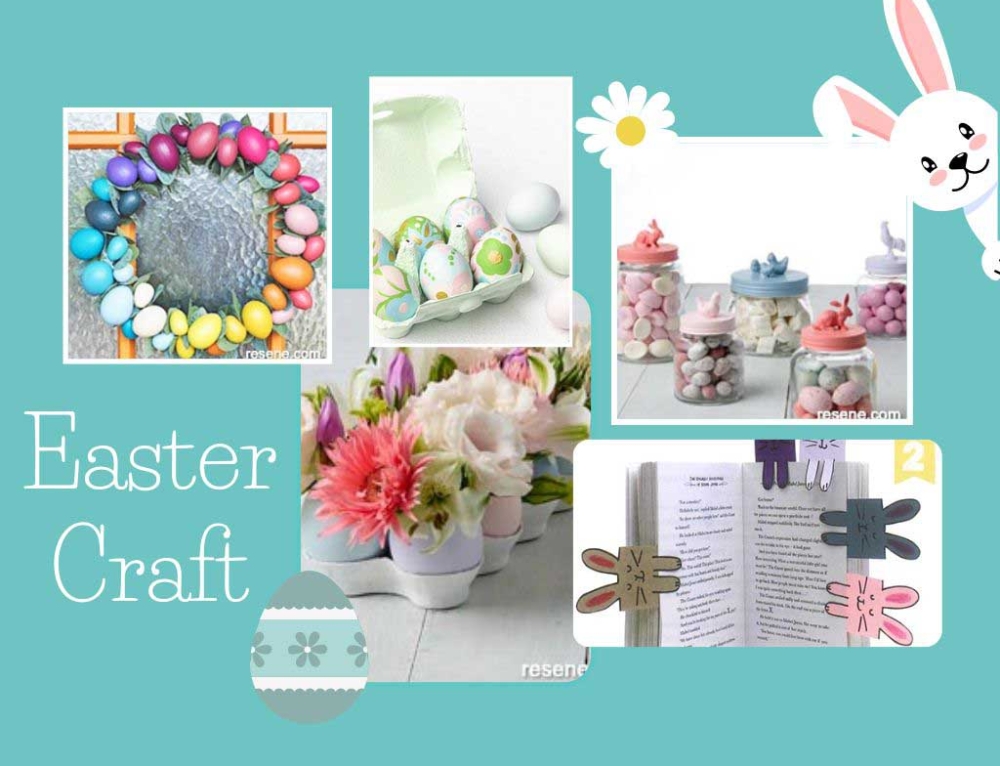
Leave A Comment
You must be logged in to post a comment.